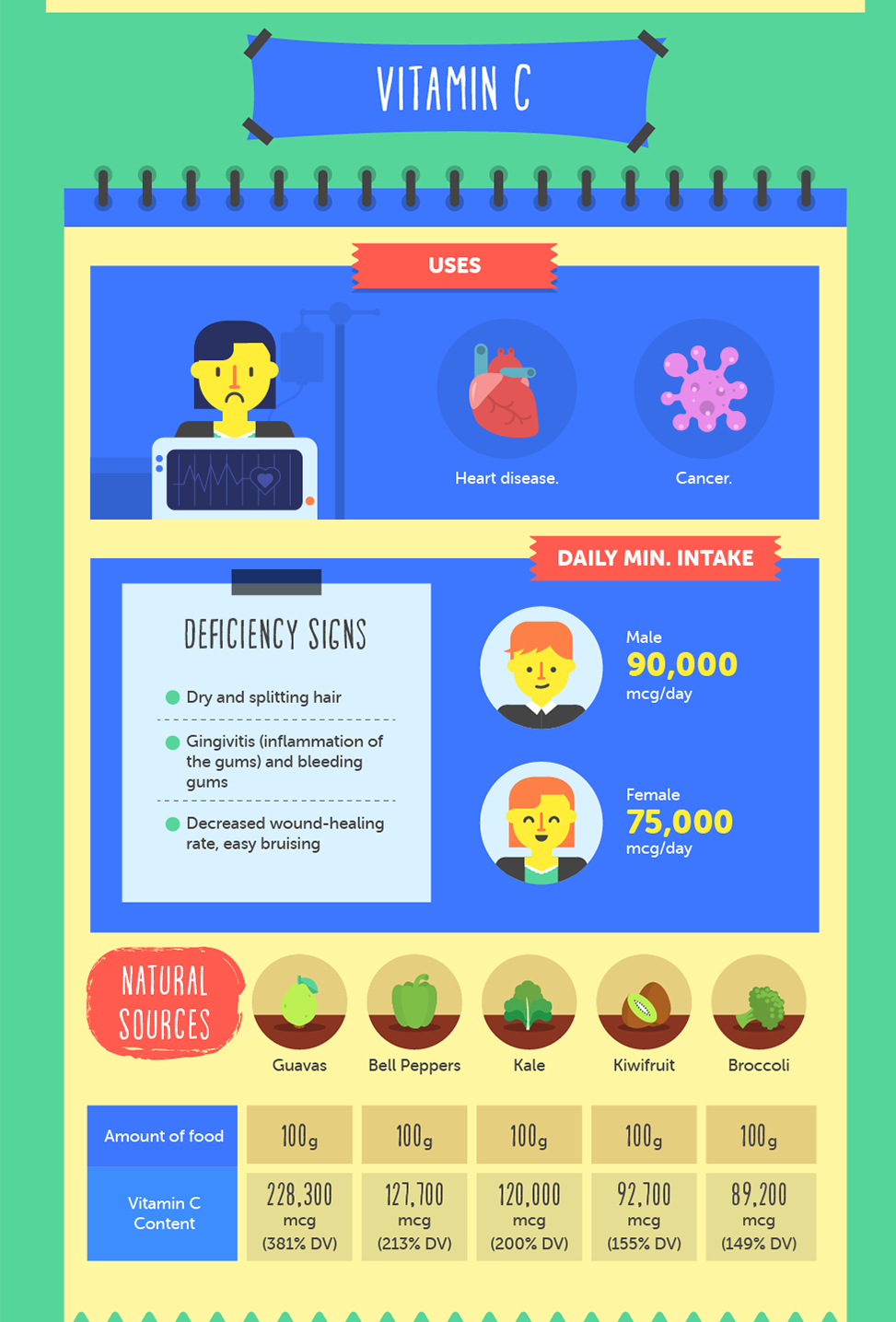http://The Psychology of Ageing: An Introduction
Inevitable physical and psychosocial changes occur as people enter old age. The senior years are a developmental phase of life with its own unique challenges that affect the management of both diabetes and depression.
From time to time, we all come down with a case of the blues, but did you know that older adults with diabetes are almost twice as likely to suffer from depression? It’s true. An estimated 28% of older adults with diabetes will experience depression, which is nearly double the average occurrence rate for the general adult population.
Depression is a serious condition that affects planning and organizing skills. Older people who suffer from depression may stop testing their blood glucose, forget to take their medicines and even begin to eat and exercise less.
Because of the severe possible repercussions of depression, it’s dangerous to simply assume that “it will pass” or that it’s just a “phase” your loved one is going through. Be aware of the warning signs and, if you notice any of the symptoms below, consult with your doctor to discuss treatment options.
Symptoms of depression may include:
1.Sadness
2.Inability to enjoy normally pleasurable activities
3.Insomnia with early morning wakening
4.Excessive weight loss or anorexia
5.Helplessness
6.Hopelessness
7.Excessive guilt
8.Suicidal thoughts
Age-related physical changes can affect both diabetes and depression. These changes can be more pronounced in people who have diabetes.
These changes are due to loss of mobility,loss of hearing,sight loss and balance problems.These changes result in a loss of independence,lowers self esteem and they dont get the same pleasure out of life!
Also people dont have the same zest for life as they get older!Also as people get older they get lonely as they lose their ability to do things!
People are more prone to staying in their home as they are afraid of going outdoors especially in cities because there are a lot of crime in cities.
It would be a good idea if there were more places for elderly people to meetup such as community centres,social clubs,gardening clubs,draughts and chest clubs,book clubs.
Also a local charity could sponsor buses and minivans to take people to these events!
It is important for elderly people to spend time with family especially their children!
What do you think about all of this is it important or am I wrong?
Also, complications associated with diabetes arise and may worsen as individuals age. Thus, aging eyes become more impaired by diabetic retinopathy, and aging feet become more impaired by diabetic neuropathy. There is evidence that depression in the elderly diabetic relates to the number of chronic conditions and poor physical functioning.
The impact of hypoglycemia is also often greater for the elderly. They are more prone to hypoglycemic episodes resulting from taking multiple medications and the increased potential for drug interactions and appetite changes that result in missed meals.
Some common challenges of aging also can affect both diabetes and depression. The elderly must often deal with multiple losses of family and friends, changes in function and roles (e.g., retirement), and fears about mortality. Diabetes and its complications can exacerbate the difficulties associated with each of these transitions, and depression and despair may result.
People are all the same we all worry about getting older,dying,losing people and as far as retirement goes wether we will have enough money!
Maybe we should have a discussion about this what do you think?
The physical changes of aging may make it harder to manage diabetes because exercise, diet (e.g., meal planning and carbohydrate counting), and medication (e.g., taking multiple medications and dealing with insulin injections) regimens become more complicated when individuals’ ability to follow their regimen may be impaired.
Thus, in many different ways, diabetes may become more difficult to manage for elderly people who are also depressed, and depression may become more difficult to resolve in those who have diabetes.
How Can I help An Elderly Diabetic Who Is Depressed?
http://Treating Late Life Depression: A Cognitive-Behavioral Therapy Approach, Workbook (Treatments That Work)
When an older individual suffers from poorly controlled diabetes in addition to depression, both diseases require timely, aggressive treatment. As a caregiver, there are several things you can do to help your loved one recover from depression, including:
If you have your doctor’s approval, integrate daily walks or some other form of exercise into your family member’s routine. Not only has regular exercise been shown to improve both diabetes control and mood, but walking programs are usually a safe form of exercise for most older adults.
Psychiatric counseling combined with prescription medications is an effective treatment for depression. Ask your family member’s doctor about this type of combination therapy.
If your doctor prescribes an antidepressant, be sure to ask about potential side effects and drug-to-drug interactions.
Tricyclic antidepressants should not be routinely used by older people with diabetes. For up to 30% of people with diabetes, these drugs can result in low blood glucose levels, followed by a period of weight gain and subsequently elevated blood glucose levels.
Regularly monitor your loved one’s daily diabetes care to ensure blood glucose levels are checked, meals are eaten and medicines are taken.
Offer support, understanding, patience, and encouragement.
Talk to him or her, and listen carefully.
Never ignore comments about suicide, and report them to your loved one’s therapist or doctor.
Invite him or her out for walks, outings, and other activities.
Remind him or her that with time and treatment, the depression will lift.
For more great Health and Nutrition Tips refer to the website positivehealthwellness.com.
If you have any information,questions, or feedback you would like to include in this post.
Please email momo19@diabetessupportsite.com or leave your comments below.







































